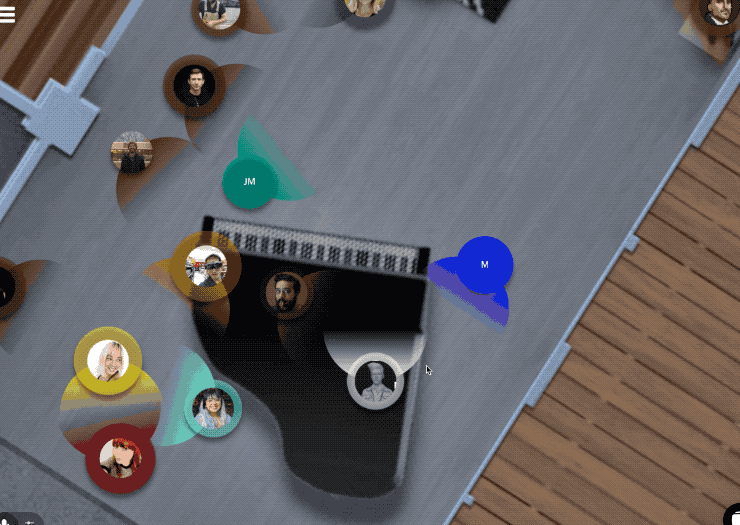URBAN@PARSONS PRESENTS:
[singlepic id=599] My Chunked Notes: Image of stakeholders diagram showing relationships and influence mobilepic 1 patchworks mobilepic 2 social ecological structure
Miodrag Mitrasinovic "These schools got together because we share two things in common. One of which is social inclusion the other of which is design."
3 lenses of design 1. Human centered approach- not top down, not formal But from middle out 2. Process orieted approclav not driven by form or driven by interaction. But driven by socio enivonrmental and political action 3. Nexus of teaching, researh, knowledge and action
"How we can uneaeth new bodies of knowledge and codefiy them across the differnt types of action in the spectrum?"
Threads that went through all of the presentations: -Social inclusion -Designs' capacity to bring about change -Promiscuous areas
[singlepic id=600] Teddy Cruz "The right circle concept of cities is a sociological concept organizing data. Cities are based on permiscuois systems. Like la la didn't have a grand plan." "Designers are schizo by nature." "We can create new social relationships." "Without alterting the very rigid economic policies and political framework." "Design can become a service to rethink the economic policies and political frameworks"
"The science of the city and interieing in the city. The designer can be the one to intervene with the problems in the city. Design can come to a resolution of the conflict that words could no longer don. The power of negotiation through design can create a spatial solution" (But I think that it also provides solutions that are not just spatial). "Design can "do more than talk but [actually] create agency."
Not just "spatial relations and visual representations. But also the ability to is not led by buildings or systems but by the reorganized social systems. Corporations and co-managers of resources. My own cirticq of my own process...we lack the tools. Drawings are limited. What other devices allow us to translate those new roles of entrepreneurship."
Kelly Shannon Relationships of people to their own environment. Space and interactions with space. Translate it so those actions can redefine the tip down legislation. [singlepic id=601] [singlepic id=598]
_________________________________________________________________ addy thoughts: I really appreciate the way architects organize their work.

